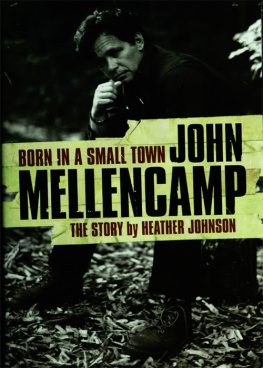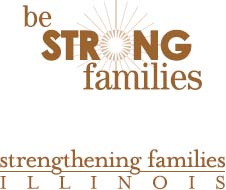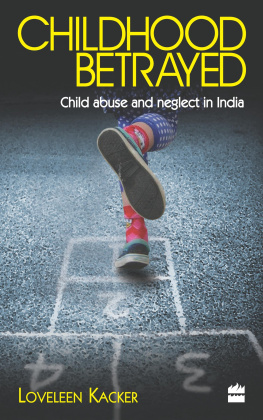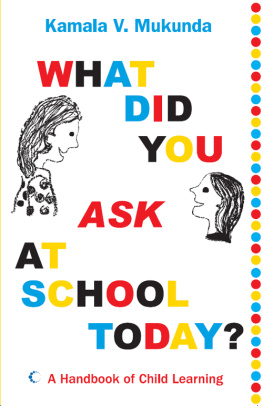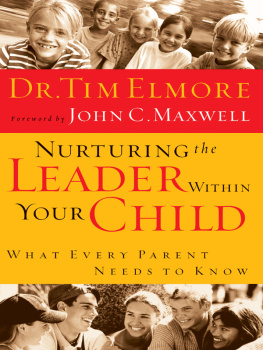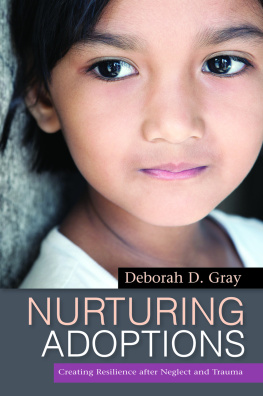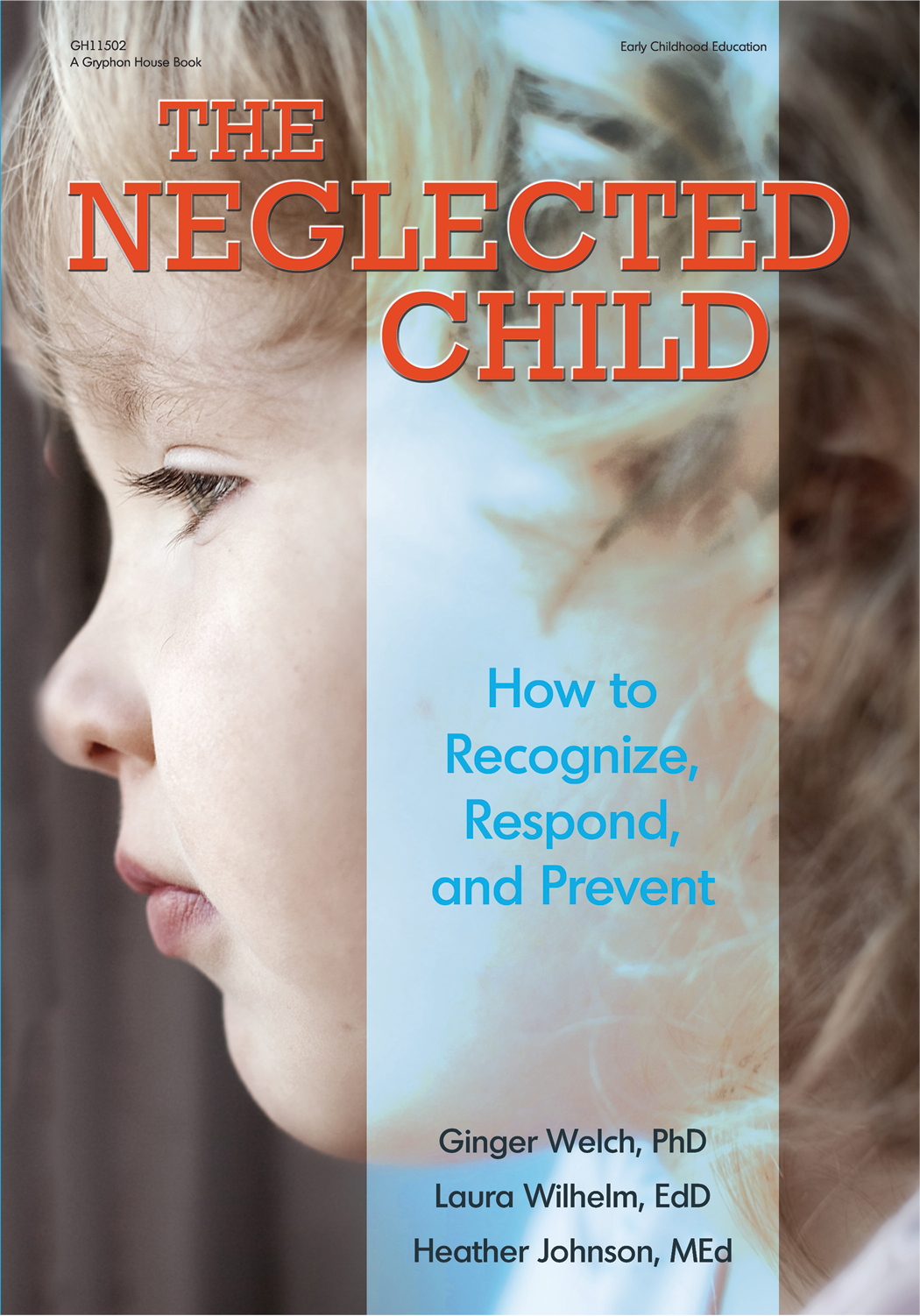Contents
Acknowledgments
We gratefully acknowledge the early childhood professionals who contributed their expertise to the construction of the case studies. Our heartfelt thanks goes to Rhonda Goodale, Amanda Welch, and Liz Willner for their invaluable contributions to this text.
A very special acknowledgment also goes to our editor, Laura, who first approached us about this book. She has been our enthusiastic cheerleader through the entire process, offering insightful directions and keeping us motivated. You are amazing!
Dedication
For Addy GraceGW
For Mike, Joseph, and AllynLHW
For Matt and TatumHJJ
Copyright
2013, Ginger Welch, PhD, Laura Wilhelm, EdD, and
Heather Johnson, MEd
Published by Gryphon House, Inc.
PO Box 10, Lewisville, NC 27023
800.638.0928; 877.638.7576 (fax)
Visit us on the web at www.gryphonhouse.com.
All rights reserved. No part of this publication may be reproduced or transmitted in any form or by any means, electronic or technical, including photocopy, recording, or any information storage or retrieval system, without prior written permission of the publisher. Printed in the United States by Versa Press. Every effort has been made to locate copyright and permission information.
Cover photograph courtesy of Shutterstock.
Library of Congress Cataloging-in-Publication Data
Welch, Ginger.
The neglected child : how to recognize, respond, and prevent / by Ginger Welch, PhD, Laura Wilhelm, EdD, and Heather Johnson, MEd.
pages cm
Includes bibliographical references.
ISBN 978-0-87659-478-0
1. Child welfare 2. Abused children. 3. Child abuse--Prevention. 4. Abused children--Services for. 5. Criminal behavior, Prediction of. I. Title.
HV713.W454 2013
362.76--dc23
2013007693
Bulk Purchase
Gryphon House books are available for special premiums and sales promotions as well as for fund-raising use. Special editions or book excerpts also can be created to specifications. For details, contact the Director of Marketing at Gryphon House.
Disclaimer
Gryphon House, Inc. cannot be held responsible for damage, mishap, or injury incurred during the use of or because of activities in this book. Appropriate and reasonable caution and adult supervision of children involved in activities, and corresponding to the age and capability of each child involved, are recommended at all times. Do not leave children unattended at any time. Observe safety and caution at all times.
If twenty million people were infected by a virus that caused anxiety, impulsivity, aggression, sleep problems, depression, respiratory and heart problems, vulnerability to substance abuse, antisocial and criminal behavior, retardation, and school failure, we would consider it an urgent public health crisis. Yet, in the United States alone, there are more than twenty million abused, neglected, and traumatized children vulnerable to these problems. Our society has yet to recognize this epidemic, let alone develop an immunization strategy.
B. D. Perry
Introduction
The Neglected Child: How to Recognize, Respond, and Prevent was born out of a presentation on child neglect at the National Association for the Education of Young Children (NAEYC) Annual Conference & Expo, which itself emerged out of a need to collect the relatively limited amount of information on child neglect and assemble it into an applied package useful to early childhood professionals, administrators, and students. As this book developed, we could scarcely help but notice that the nightly news seemed to underscore the need for information on child neglect. As we wrote, we heard about the starvation death of a three-month-old baby, born weighing 6 pounds only to die at 3 pounds. Her parents admitted to sometimes forgetting to feed her. We remembered the newborn who was mauled to death by the family puppy as his mother slept in the next room. We worked harder as we heard of the child left in a car at a casino so his father could gamble, the four-year-old who had to go begging neighbors for food because she had been left home alone, and the mother who, without intervening, allowed her boyfriend to beat her child to death. We questioned whether we could write enough to matter for the six-month-old infant who was suffocated by his father in a drug-induced sleep, the toddler whose parents beat him and then denied him lifesaving medical care, and the children who were killed in a fire while locked away in a room. We grieved for these children, and then we wrote more.
The reason we found ourselves so motivated by these cases and the many like them was that, while these children were not killed on purpose, they were not victims of accidents, either. Although each death was tragic and heartrending, none had to happen. These children died because they needed an adult to take care of them, and the person who was supposed to do that did not. A baby must be offered food and a safe place to sleep. A parent must do his or her best to have a safe babysitter for an infant. A toddler who has severe injuries must be taken to a doctor. When a person, whether a parent, a grandparent, or a paid provider, is responsible for taking care of a child and does not do what he or she should to keep the child safe and healthy, that is neglect. These are the types of neglect that result in behavior problems, learning problems, poor growth, and even death. This is the neglect of which we write.
How to Use This Book
Our goal for this book is to make as many caregivers as possible aware of just how pervasive neglect is, how deadly it can be, and perhaps most importantly, that it can be prevented. No child should ever have to suffer neglect if there are adults to intervene. We believe that early childhood professionals are perfectly positioned to identify, intervene in, and prevent neglectful situations, and we have endeavored to give teachers the tools they need to allow more children to grow up safe, happy, and loved. When it comes to neglect, teachers literally can be lifesavers. Test your knowledge by completing the self-assessment in Appendix A (page 79) both before and after reading this book.
A secondary goal for this book is to ensure that no child experiences neglect in an early childhood classroom. Sadly, there are more than a few stories of children who have been neglected and even killed by the people put in place to protect them: child care providers, teachers, and foster parents. As you read this book, think not only of preventing neglect in the home but also of how caregivers can provide a safe, nurturing, and protected environment for the children in their care. The relationships children have with the people who care for them will nourish their brains, bodies, and spirits and can contribute to their healthy and productive development.
The first section of this book provides information about neglect, including different types and levels of severity, establishing suspicion, reporting, and intervening. Each chapter includes a brief quiz that can be used to assess chapter learning or as staff development or continuing education. As you read, you will also see text boxes called Notes from the Field. These stories, disguised for confidentiality, represent real-life stories that we encountered during the creation of this book. We hope these will inspire discussion and a creative way to apply the material in the chapters.
The second half of this book contains applied materials for teachers/care providers to use for professional development, in staff training, and for parent education. Reproducible and customizable, these include parent handouts on child neglect; sample statements for a parent handbook; self-assessments for teachers, care providers, and directors; and contact numbers for each state and Puerto Rico for reporting suspected neglect. We hope this will prove to be a useful tool kit as you become aware of neglect, and that this information will enable you to create the safest possible classroom environments for the children in your care and to support families to do the same at home.



